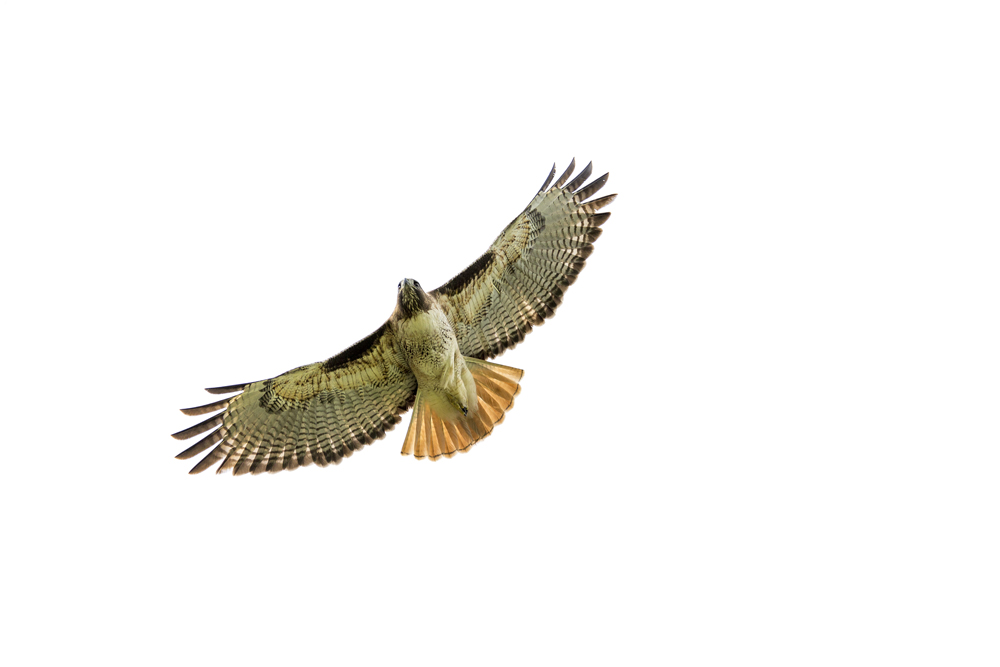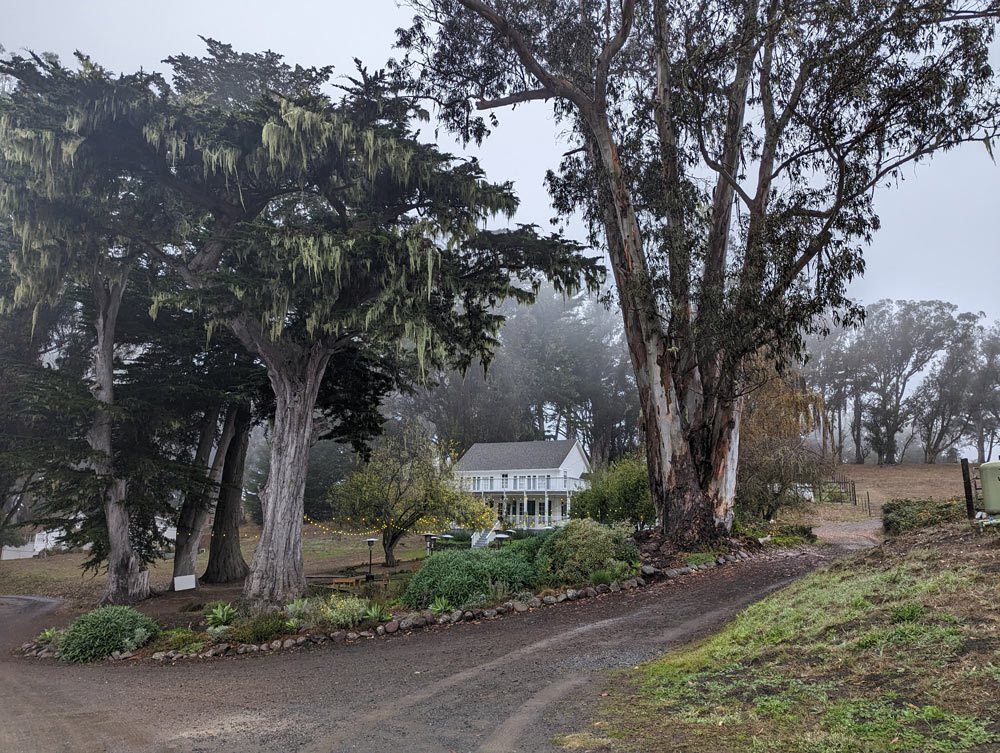Poets on the Land: Heather Bourbeau

By Peter Fugazzotto,
Director, Communications
October 2, 2024
Art is fundamental to human existence. In all its many forms, art can help guide us towards our sense of place. Right here at home, West Marin with its pastoral beauty, breathtaking landscapes, and dramatic seashore has inspired many artists and poets – past and present.
Recently, a Bay Area poet spent time at the MALT-protected Straus Home Ranch to continue this tradition as part of a national effort to connect poets with protected lands.
Heather Bourbeau shares her thoughts about the experience and excerpts of her poem below:
Q: Two of your poems about your experiences at Straus Home Ranch were included in the Writing the Lands: Wandering I Anthology. Can you share with us how you developed those poems?
Heather: I first came across NatureCulture at a writers’ conference (AWP) and was intrigued by their Writing the Land anthologies that connect poets with land trusts throughout the United States. It resonated with what I have been doing in terms of my poetry and as a Winter Wildlife docent at Point Reyes National Seashore.
I applied to be part of their project, they reached out to MALT, which is driving distance from my home, and I was connected with the Straus Home Ranch. I have been coming to the ranch once a month over the course of a year, writing one poem each month inspired by the land and the changes I was witnessing. Two of these poems were submitted to the anthology. The others will be part of my next collection.

Excerpt from “High Summer”
originally published in Writing the Land: Wanderings I, edited by Lis McLoughlin (NatureCulture, 2024).
In the year of the water rabbit, tall, dry grasses swirl.
Lapping wind, weight of hooves.
Raven and hawk circle and hunt
gopher, deer mouse, shrew-mole, dreams.
The drip of beard lichen from branches,
the burst of yellow bird’s-foot trefoil, bristly oxtongue.
I scan my legs for ticks, pick burrs from my socks—
unsubtle, these reminders of explorations, intrusions.
Q: You also have communications expertise on the issue of climate change. What do you see as the role of the poet or the artist in addressing climate change and larger societal issues?
Heather: I believe as artists we are asked to bear witness and share what we see, hear, feel because we are able to express pain, anger, joy, urgency, and hope in ways that people can better understand and act upon than your typical scientific or news report. We can demonstrate the human connection and calls to action.
Q: How have the land, ecosystems, and histories of the U.S. West contributed to your work?
Heather: These are all incredibly important to me and my work as a writer. My most recent poetry collection, Monarch, explores overlooked histories of the U.S. West that I was raised in (CA, NV, OR, and WA), including environmental/ecological histories. These are the histories I wish I had been taught as a child and that would have helped me understand the greater context of where and how I lived.
My current project is focused on lands that are designated for special protections, including rematriated lands, land trusts, and wilderness.

Human boundaries distinguished by gate and barb,
wood and rust. Crickets rub legs seemingly silently.
The whistle songs of lesser goldfinches fill the air.
Last week, a fox ate a chicken.
Poor Marcia, dear Marcia.
Lucky fox.
Q: What advice for a beginning poet or writer that is also deeply drawn to the land?
Heather: Always bring a notebook and pen. Walk slowly and softly. Listen. Be still. Listen more. Have apps on your phone that help you identify the flora and fauna you are encountering. Learn the indigenous and historical connections to that land. Don’t be afraid of human silence. Even your garden or your local park land hold many mysteries. (My collection Some Days The Bird with the Irish-Australian poet was an exchange over the course of one year in which we observed and shared our gardens as way to talk about social, political, ecological, and personal events.)
Q: What is one other poet or writer focused on the land that you would recommend?
Heather: J. Drew Lanham, Distinguished Professor of Wildlife Ecology at Clemson University. He is an author, poet, and a certified wildlife biologist who was awarded a MacArthur Fellowship in 2022 for his work “combining conservation science with personal, historical, and cultural narratives of nature.” (He also wrote a blurb for Some Days The Bird, and I feel beyond blessed to have connected with him.)
Q: Where can people find your books and connect with you?
Heather: My poetry collections Monarch and Some Days The Bird are available at your local bookseller (and if not, they can be ordered) or online, as is the Writing the Land: Wanderings I anthology. My latest collection is a chapbook of flash speculative fiction, Hungry Gods, which was just published by Fabulist Editions.
People can follow me on Instagram @hfbourbeau and also see my upcoming events and selected new works on my website: www.HeatherBourbeau.com.
Heather Bourdeau is a communications strategist and award-winning writer. Her expertise spans climate change, conflict, migration, humanitarian aid, and technology. Bourdeau has developed high-level reports for UN officials and led multinational teams in sensitive political environments. She also provides communications strategy for UN agencies and tech companies.
As a poet and fiction writer, her work has appeared in esteemed publications like The Irish Times and The Kenyon Review. Bourdeau has authored two poetry collections: “Some Days The Bird,” a collaboration with Anne Casey, and “Monarch,” a poetic memoir of the American West. Her writings are also featured in the Special Collections at University College Dublin’s James Joyce Library.